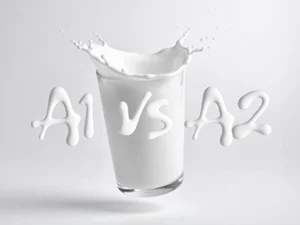
We discuss viral meningitis in this part of our information and awareness-raising article series about meningitis, which causes infection in the brain and adversely affects physical and cognitive activities.
Viral Meningitis
Although meningitis caused by viruses is the most common type of meningitis, its clinical course is milder than bacterial meningitis. People with a healthy immune system can recover from the disease without the need for medical intervention. However, due to the risk of transmission of the disease, it is useful to be cautious and to consult a physician.
The main viruses that can develop into meningitis are mumps virus, measles virus, herpes viruses including Epstein-Barr, herpes simplex and varicella viruses, influenza virus and West Nile virus.

Who Is at Risk?
The above-mentioned viruses are not expected to cause meningitis in people with normal immunity defence and who do not have immune diseases. However, these viruses can cause meningitis in people receiving immunosuppressive treatments such as chemotherapy and bone marrow transplantation, children under 5 years of age, and especially infants under 1 month of age.

The spread of viral meningitis requires close contact with the infected person. People who are not at risk have a very low risk of developing meningitis after close contact. The symptoms of the disease are similar to those of bacterial meningitis. Therefore, symptoms alone are not sufficient for the diagnosis. Unlike bacterial infections, viruses do not grow in culture, thus more innovative diagnostic tools are needed.
How to Recognise Viral Meningitis?
If there are symptoms that indicate meningitis, health professionals may request some tests to confirm the diagnosis of meningitis. One of these test methods is the polymerase chain reaction (PCR) method , which allows the detection of viruses by viral DNA or RNA. An important criterion for the diagnosis of meningitis is the presence of pathogens in the cerebrospinal fluid (CSF). However, CSF is precious for a person’s life, and cannot be drawn from the spinal fluid as it were blood. Therefore, the PCR method fits perfectly well with the cause. The PCR can accurately work from very small amounts of samples.
The Real-Time PCR test can determine the type and even the quantity of the virus that caused the injection with high accuracy. Once the correct diagnosis has been made, the person can start appropriate antiviral treatment. People need to remember that antibiotics are ineffective in viral diseases to avoid unnecessary use of antibiotics.
References:
https://www.who.int/health-topics/meningitis
https://www.cdc.gov/meningitis/index.html
https://hsgm.saglik.gov.tr/tr/bulasici-hastaliklar/menenjit/menenjit-liste/menejit.html





